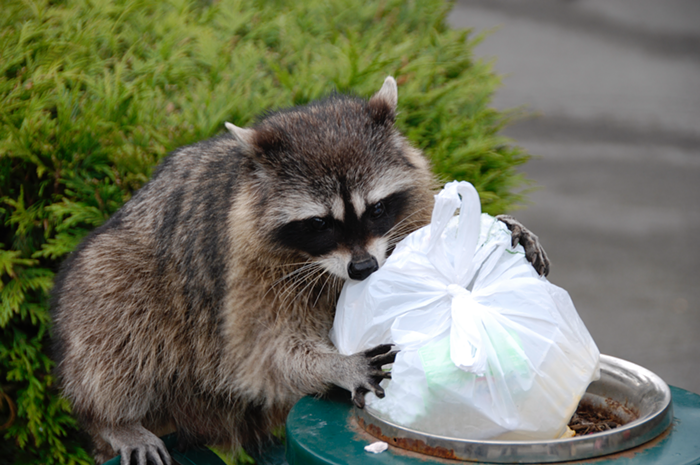Montreal-based publishers Drawn and Quarterly are responsible for creating some of the most sumptuous graphic novels on the market today. This week, Drawn and Quarterly sends a few bright stars to Portland for a discussion and slide show about their work. Please give a big Portland welcome to Gabrielle Bell, Anders Nilsen, and Kevin Huizenga.
Lucky by Gabrielle Bell. It pains me to write this, but Lucky is a deeply tedious graphic novel. Clothbound and skillfully rendered in black line drawings, Lucky is the autobiographical tale of how hard it is to find a good apartment in New York (surprise), and how discouraging it can be to survive as an underground cartoonist (shocking). But instead of plumbing any emotional or psychological depths that these situations bring up, Lucky is content to rattle on like a complaining, morose friend on the telephone. Such a pretty book for such banalities. CHAS BOWIE
Curses by Kevin Huizenga Despite the old adage, covers count for a lot—and that goes double when they're as gorgeous as the one for Curses. Huizenga's cover—a greenish sky at twilight, a stylized flock of starlings, and a silhouetted street—makes this hardcover flat-out beautiful, and thankfully, the book's content lives up to its first impression. Curses explores America's plebian Midwest, a land that occasionally veers into the territory of creepy ghost stories, weird folk tales, and religious philosophy. Huizenga's emotive, cartoony style is a welcome foil to his often-gloomy subject matter, and Curses never fails to be enjoyable, challenging, and impressive. ERIK HENRIKSEN
Don't Go Where I Can't Follow by Anders Nilsen (with Cheryl Weaver) A love story told through incidental ephemera—letters, postcards, notebook doodles, etc.—Don't Go Where I Can't Follow focuses on Anders Nilsen and his girlfriend, Cheryl Weaver. There's a moving story here, but Nilsen's scattered way of telling it never gels—some of the reminiscences feel heartfelt, while others feel like dashed-off entries in a sloppy zine. When Nilsen's story clicks, it clicks—problem is, it doesn't click nearly often enough to make it worth reading.















